When you notice the word, ‘Terry’ it hits your brain as the most popular terry towel. Now the clothing industry is one of the fast-growing and challenging sub-sectors of the apparel sector. Bathrobes to the towel are the products from terry in one word. The demand for terry cloth is increasing very fast globally. This article will cover a detailed study about terry cloth including its history, what and how is terry made, classification, and characteristics.
What is Terry Cloth?
Terry is a woven fabric made with a loop pile on one or both sides by protruding with loops of thread. The word ‘Terry’ is derived from the French word ‘tirer’ which means ‘to pull out’, referring to the pile loops which were pulled out in terry fabric.
Table Of Contents
What is Terry cloth made of?
Terry cloth weaving originated as a fabric defect from the traditional Turkish textile industry. Historically, terry was produced by hand using silk fibers. Its mass production began with cotton weaving in England by the mid-19th century. In 1864, Samuel Holt patented the terry manufacturing process and moved the whole operation to the USA.
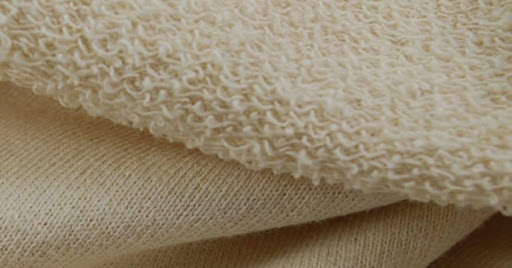
Generally shorter staple cotton is used to make terry for its relatively lower fiber strength and medium micronaire range. It could be made from Bamboo, Modal, Lyocell, Flax, Synthetic microfibers viz: polyester, nylon, and other blends of fiber. Nowadays, most of the terry cloth is made from cotton or cotton-polyester blends.
Fibers used in Terry
Required properties of producing terry are high absorbency, high wet strength, and ability to dye well, wash-ability, good color fastness, soft hand, low cost, and so on. The fibers are used in terries made of cotton which can provide all of these properties effectively. But with the help of modern technology, terry is being produced from fibers other than cotton viz: Bamboo, Modal, Lyocell, Flax, seaweed, and now soybean, corn, and another Tri-blend bamboo, silk, and cotton.
Yarns used in Terry Production
In a terry cloth, four groups of yarn are used in the production process. These four groups are:
- Pile warp,
- Ground warp,
- Weft (filling)
- Border weft.
Types:
The classification of terry could be made according to weight, production, pile presence on fabric surfaces, weft pick per pile loop, marked based, and so on.
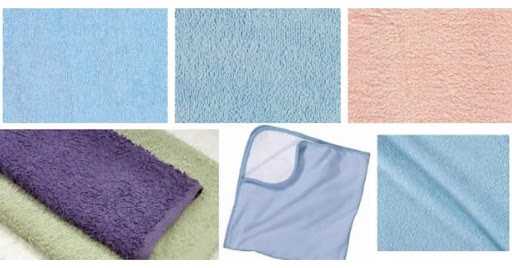
On the Basis of Weight:
- Very heavy,
- Heavy,
- Medium,
- Light
On the Basis of production:
- Woven,
- Warp knitted,
- Weft knitted
On the Basis of pile presence on fabric surfaces:
- One side
- Both side pile
On the Basis of weft pick per pile loop:
- 2 pick,
- 3 pick,
- 4 pick,
- 5 pick, etc
On the Basis of manufacturing and materials:
- Cut velvet terry cloth
- Untwisted terry cloth
- Jacquard terry cloth
- Antibacterial towel cloth
- bamboo fiber terry cloth
- wood fiber terry cloth
On the Basis of Global Market:
- Towel terry,
- French terry and
- Terry velour.
1. Towel Terry:
It is the most common terry cloth on the market. Most towels from terry fabric will reach you after your shower. It’s used from baby products to loungewear and more. Towel terries are produced by the weaving methods mentioned above. Its pile loops on the longer side are designed to absorb maximum wet properties. Towel Terry provides the same feelings on both sides of the fabric.
2. French Terry:
It’s a knit fabric, which is kind of similar to jersey fabric. It has loops on one side and on another side has soft piles of yarn. It results in a soft and plush texture. You can recognize the French terry from your comfiest sweatshirts and loungewear. It’s cozy, absorbent, moisture-wicking, and keeps you cool.
3. Terry Velour:
Terry Velour is derived from terry cloth but similar to French terry. Terry velour has one side smoother and flat with small loops kept scissored, and another side feels uncut similar to ordinary terry cloth. It has a luxurious velvety look and feels. Velour fabric is always more expensive than others. Usually, velour is much plusher than towel terry and French terry.
Characteristics
- High rate of wet absorption.
- Quick-drying.
- Excellent Heat Insulation.
- Provide mechanical comfort.
- Smooth surface and reflects light evenly.
- Naturally convoluted and bulked.
- Crease Resistance.
- Provide fabric with a dull appearance.
- Produce huge Variations.
- Antimicrobial and Non-allergenic.

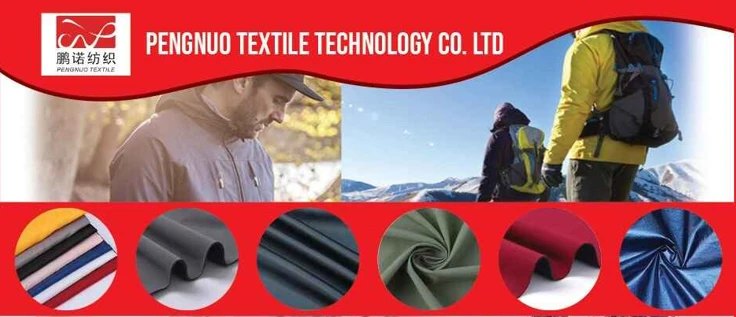
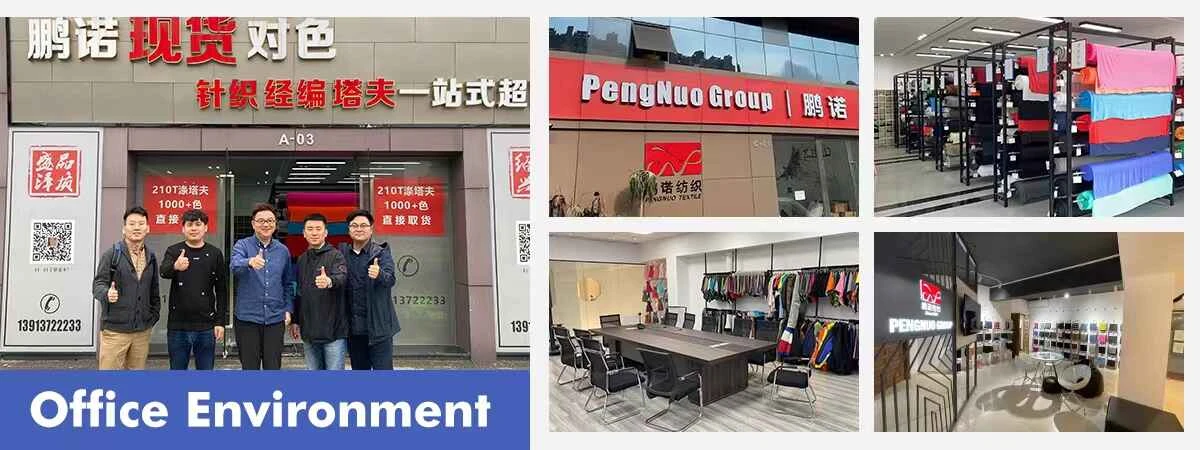


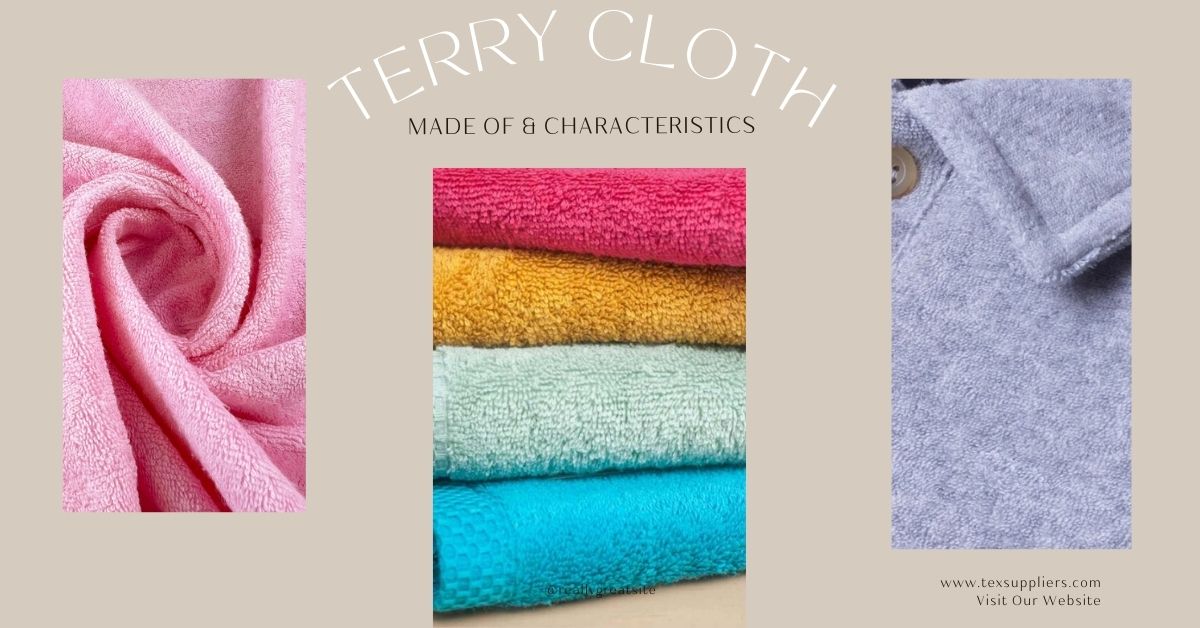

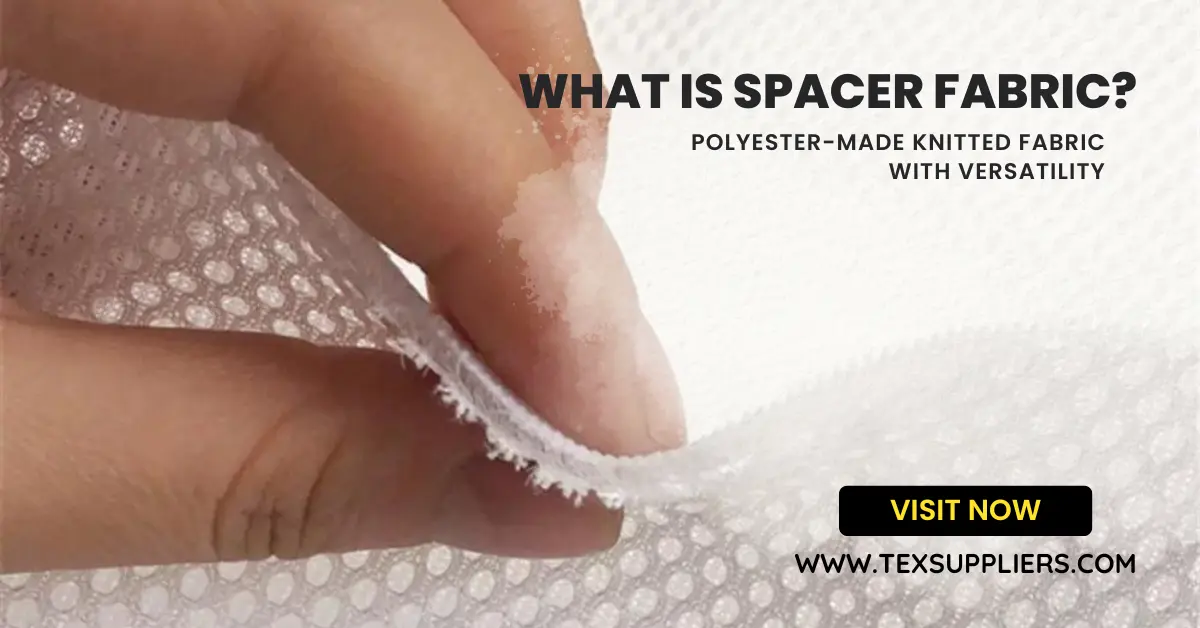
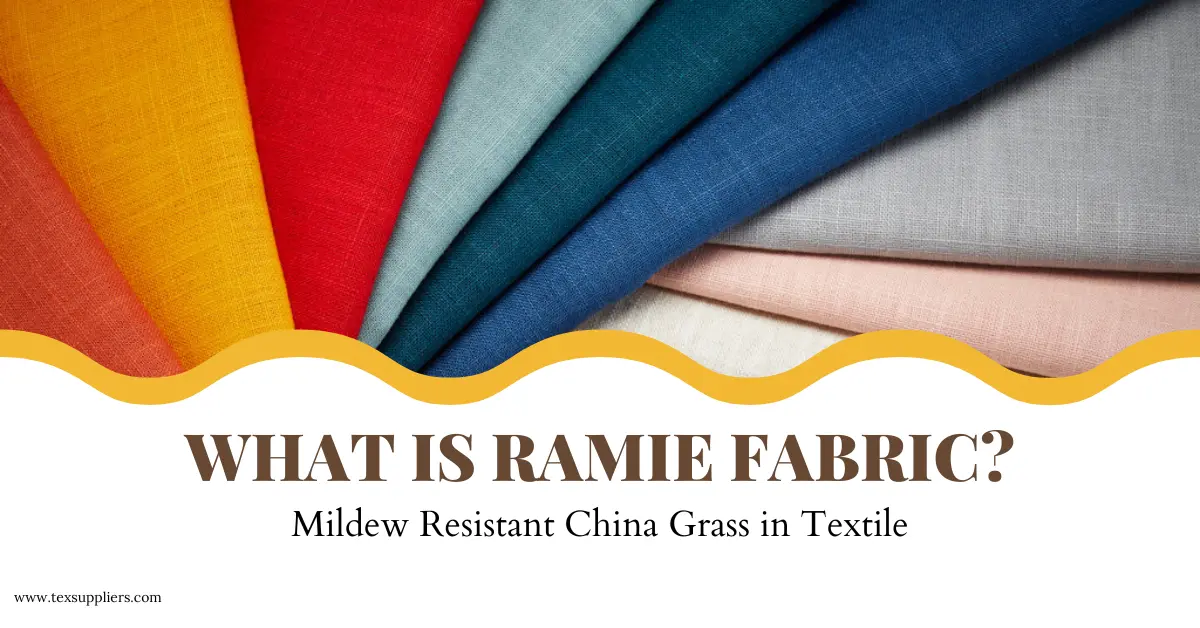
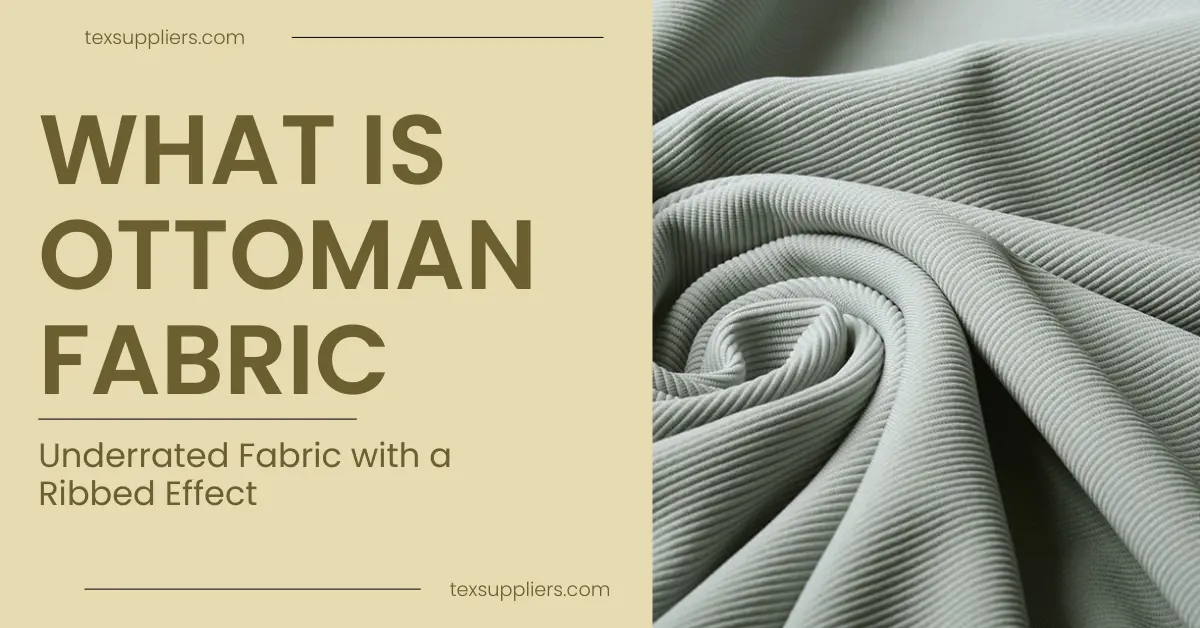
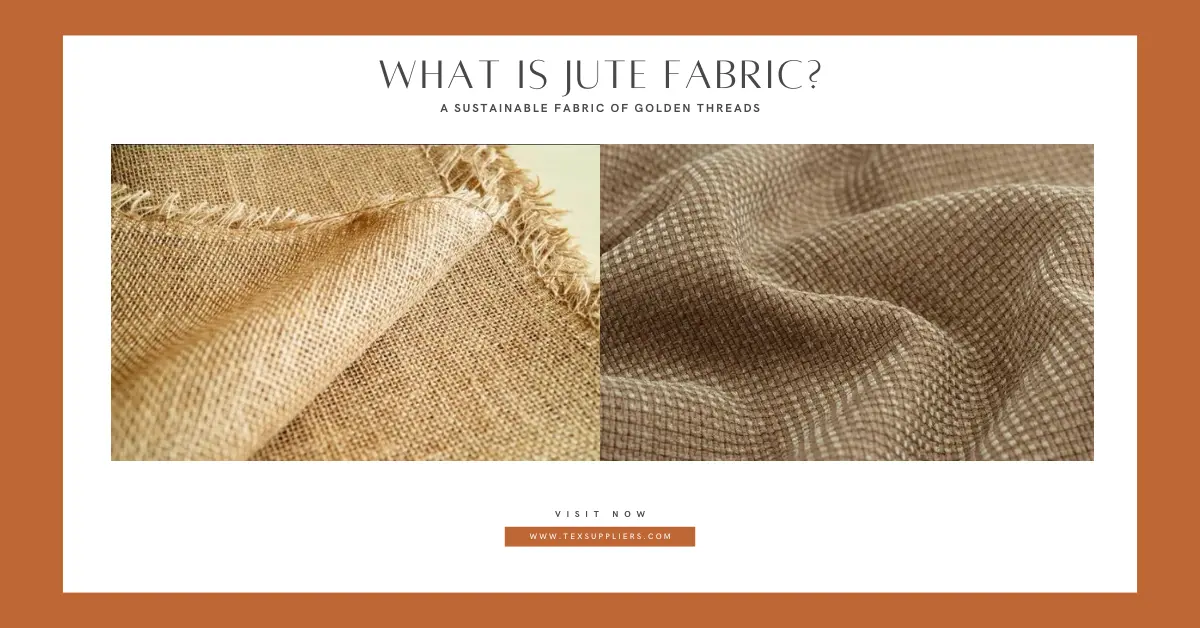
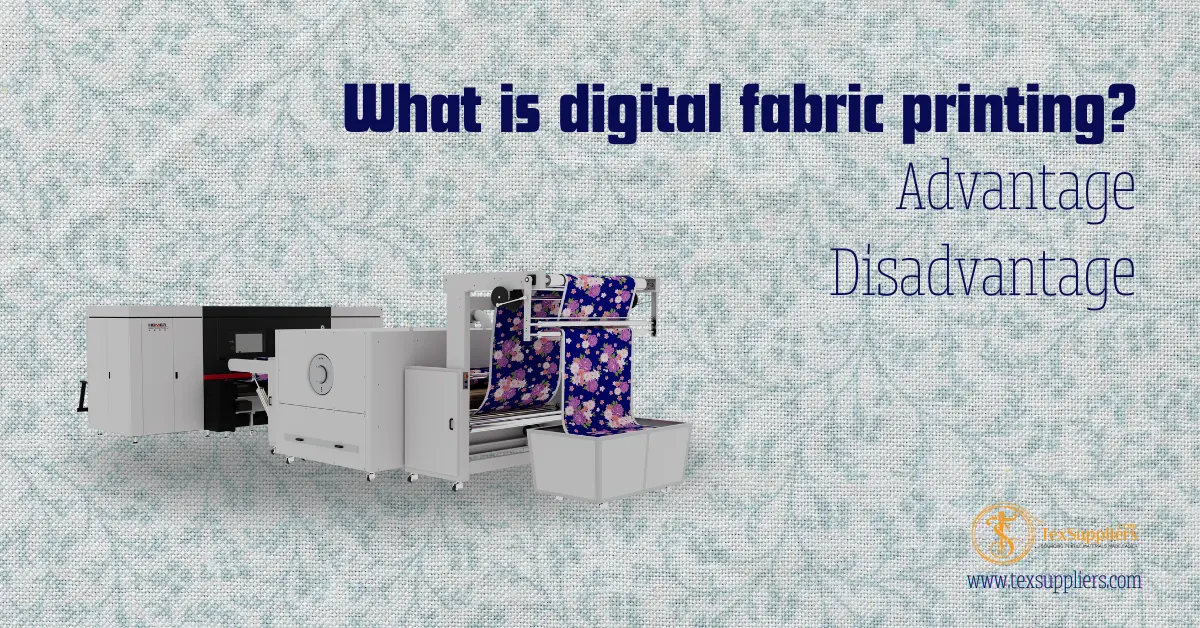
Comments - 00
Leave A Reply
Thanks for choosing to leave a comment.